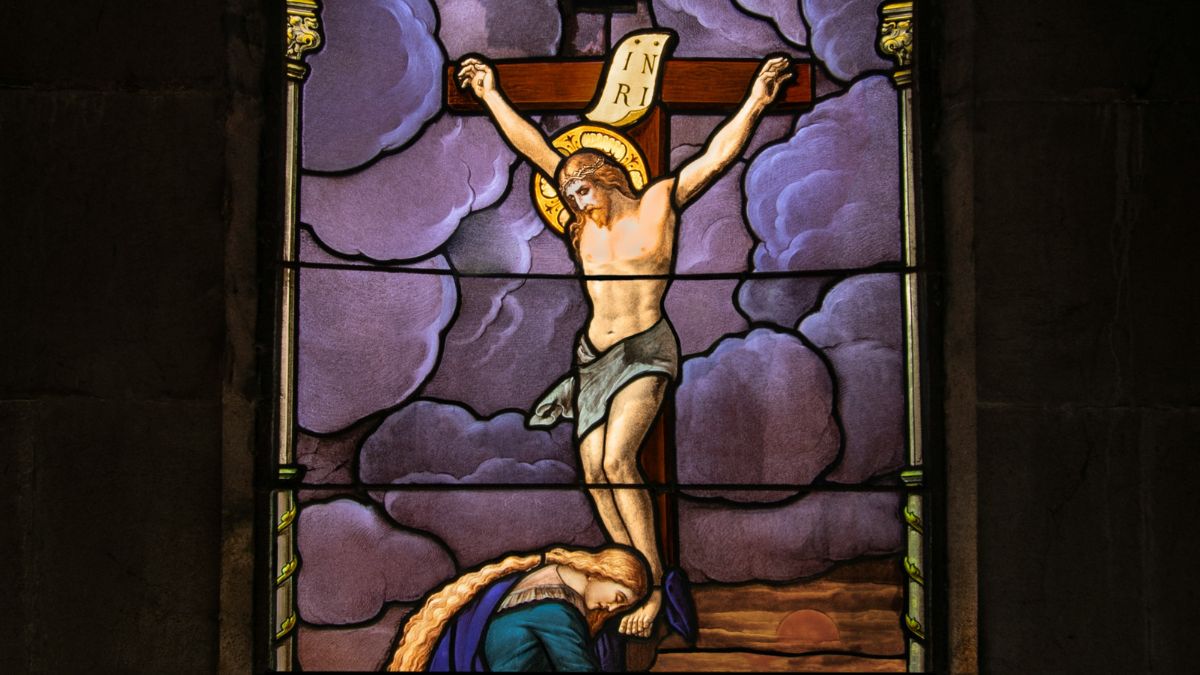


American abortion advocates are using the Zika virus as an excuse to spread abortion in Latin America. We’ve seen this movie before.

More than fifty years ago, doctors in the U.S. and Western Europe prescribed the drug thalidomide to their female patients for, among other things, nausea and morning sickness in pregnant women.
The drug had tragic outcomes whose effects are still being felt today.
In the late 1950s, reports of abnormalities in children whose mothers had used the drug during pregnancy began to come in. The best-known and most heartbreaking of these abnormalities was missing limbs.
Not surprisingly, within a few years the drug was taken off the market, but the tragic story of thalidomide doesn’t end there. As historian Daniel K. Williams tells us in his new book, “Defenders of the Unborn,” the thalidomide tragedy opened the door to legalized abortion in the United States.
Supporters of liberalized abortion laws seized upon the tragedy to justify expanding the availability of abortion, which at the time was mostly limited to cases where the mother’s life was in danger. They argued that women who had taken thalidomide should have the right to abort their unborn child, even though there was no way of knowing whether their babies had been affected by the drug.
Their argument, as Williams documents, was that the fear of giving birth to a handicapped child was enough to justify expanding the availability of abortion.
The tragic pictures of children without limbs, along with some high-profile cases, swayed state legislatures, including California, in 1966. By 1972, twenty states had legalized abortion in instances where the mother’s life and physical health were not threatened.
Fifty years later, in a different part of the Americas, history, if not repeating itself, is at least looking to rhyme, as Mark Twain might have said.
Eric Metaxas recently told you on BreakPoint about how the Zika epidemic in Latin America is being used by abortion-rights supporters as a wedge against the region’s protection of unborn life. The “thin edge” of this wedge is the presumed link between Zika and microcephaly, “a ‘neurodevelopmental disorder’ characterized by significantly smaller head size.”
I say “presumed” because, as a recent New York Times article tells readers, “the link between microcephaly in infants and Zika has not been proven.” All we know for certain is that international health officials “strongly suspect” that there is a link.
An example of this uncertainty is Colombia. While thousands of pregnant Colombian women are known to have contracted Zika, there are no confirmed cases of any of them giving birth to children with microcephaly.
As Colombia’s Deputy Health Minister told the Times, “There’s a lot we don’t know about [Zika]. What we know [is that] there’s a growing disparity between what we’re seeing in Colombia with Zika and the experience in Brazil.”
Notwithstanding this “growing disparity,” the Times and others are certain that liberalizing abortion laws is now the way to go. This ignores not only the actual facts of the Zika epidemic, it ignores the most important fact of all: the humanity of the children in the womb.
As was the case fifty-plus years ago, anxiety over the possibility of giving birth to a child with disabilities is regarded as a sufficient reason to kill the unborn child. The message is clear: Anything less than a “perfect child” is disposable. In an age of prenatal genetic testing, the implications of this message are chilling.
And as history shows, it won’t stop there. Zika, like thalidomide, is part of a wedge whose goal is abortion for any reason. Fifty years ago, one tragedy led to a much greater one whose effects are still with us. Let’s pray that the same thing doesn’t happen again.
Maybe it’s the people of Latin America who should be building a wall on their border.
Further Reading and Information
Zika and Abortion Part II: History is Rhyming
As both John and Eric have said, believers need to stand in the gap for the unborn, continuing to speak the truth that every child is made in God’s image and has the right to life. A possible disability does not negate that truth. For an in-depth study of the history of the pro-life movement, check out Daniel Williams’ book Defenders of the Unborn, available on Amazon at the link below.
Resources
Zika and Abortion, A Tale of Two Viruses: The Imperialism of Death
Eric Metaxas | BreakPoint.org | February 12, 2016
Defenders of the Unborn: The Pro-Life Movement before Roe v. Wade
Daniel K. Williams | Oxford University Press | January 2016
Have a Follow-up Question?
Want to dig deeper?
If you want to challenge yourself as many others have done, sign up below.














